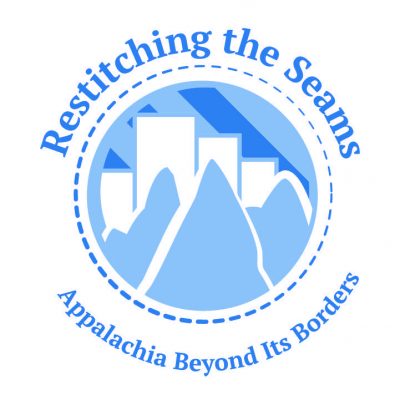Participation Type
Workshop
Session Abstract or Summary
As a new land ownership study of the Appalachian Region has emerged over the past year and a half, methodologies for the study are beginning to emerge. Jacob Meadows, a graduate student in Appalachian Studies at Appalachian State University has gathered data and began analyses on land in Appalachian North Carolina, hoping to guide the collective land study on data collection, data management, and data analytics. These processes include how to access county level socioeconomic and land data, how to create databases with that data, and how to further process and analyze that data to understand land ownership patterns within the region. The goal of this workshop is to provide community and academic activists with the tools and information necessary to utilize ArcGIS, Microsoft Excel, and R to examine Appalachian land ownership patterns quantitatively and spatially. Additionally, up to date results of these processes will be given for Appalachian North Carolina which will include analytics on land ownership, land concentration, land development, and their effects on socioeconomic status on both the county and state levels.
Presentation #1 Title
Methodologies in Data Collection, Management, in Analytics for Studying Land Ownership in Appalachia
Presentation #1 Abstract or Summary
As a new land ownership study of the Appalachian Region has emerged over the past year and a half, methodologies for the study are beginning to emerge. Jacob Meadows, a graduate student in Appalachian Studies at Appalachian State University has gathered data and began analyses on land in Appalachian North Carolina, hoping to guide the collective land study on data collection, data management, and data analytics. These processes include how to access county level socioeconomic and land data, how to create databases with that data, and how to further process and analyze that data to understand land ownership patterns within the region. The goal of this workshop is to provide community and academic activists with the tools and information necessary to utilize ArcGIS, Microsoft Excel, and R to examine Appalachian land ownership patterns quantitatively and spatially. Additionally, up to date results of these processes will be given for Appalachian North Carolina which will include analytics on land ownership, land concentration, land development, and their effects on socioeconomic status on both the county and state levels.
At-A-Glance Bio- Presenter #1
A graduate student at Appalachian State University pursuing MA degrees in Appalachian Studies (Sustainability) and Political Science (Environmental Policy), as well as Co-Chair of Young Appalachian Leaders and Learners.
Conference Subthemes
Economic Development, Environmental Sustainability
Methodologies in Data Collection, Management, in Analytics for Studying Land Ownership in Appalachia
As a new land ownership study of the Appalachian Region has emerged over the past year and a half, methodologies for the study are beginning to emerge. Jacob Meadows, a graduate student in Appalachian Studies at Appalachian State University has gathered data and began analyses on land in Appalachian North Carolina, hoping to guide the collective land study on data collection, data management, and data analytics. These processes include how to access county level socioeconomic and land data, how to create databases with that data, and how to further process and analyze that data to understand land ownership patterns within the region. The goal of this workshop is to provide community and academic activists with the tools and information necessary to utilize ArcGIS, Microsoft Excel, and R to examine Appalachian land ownership patterns quantitatively and spatially. Additionally, up to date results of these processes will be given for Appalachian North Carolina which will include analytics on land ownership, land concentration, land development, and their effects on socioeconomic status on both the county and state levels.


